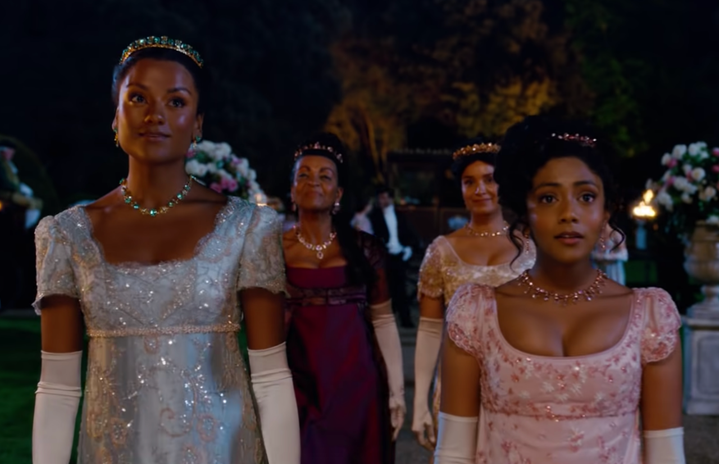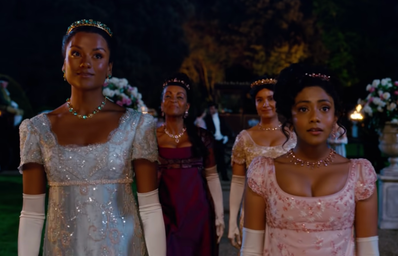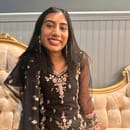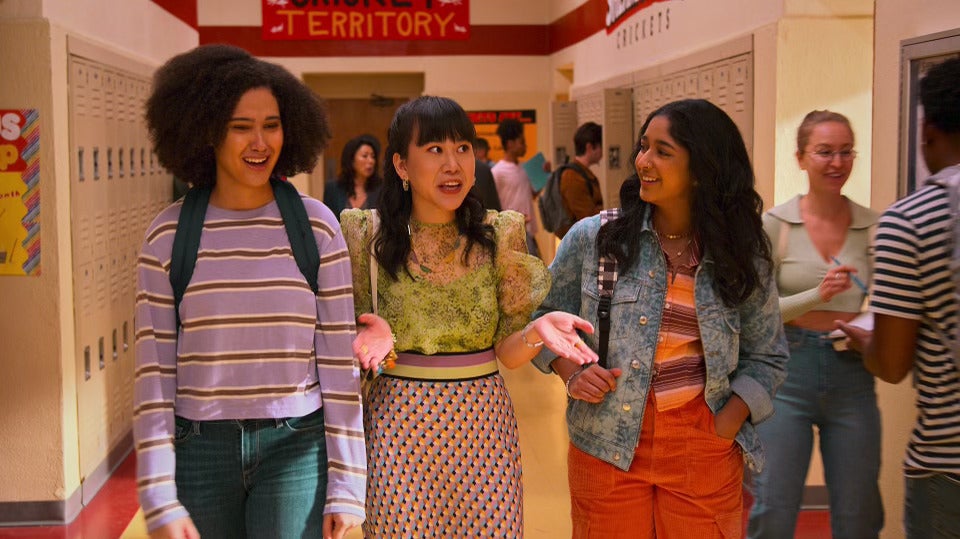I can count on a single hand the amount of brown female characters that exist in the media that do not involve the harmful stereotypes surrounding brown women. If you ask me the opposite about white female characters, I’m gonna need a lot of hands.
I’ve always become conscious of this ratio growing up at seeing what Hollywood considered the golden standard for the representation of brown people. I did not like the multiple “Ravi” and “Baljeet” jokes that resulted from this “representation” and always wondered if there would be any progress in the future.
I was right, but at what cost? The cost of this is in the form of Mindy Kaling and her multiple projects involving the creation of brown female characters that seem to do more harm than good. Every single time I hear that Mindy Kaling is producing a new show, I have to mentally prepare myself for the next brown girl she creates that will set us back 100 years.
This is not to say her characters are not relatable in some way. When “Never Have I Ever” first came out, I defended Devi violently to my friends because I understood that sometimes you can be a teenage girl and make mistakes. When I binged watched “The Sex Lives of College Girls,” I understood Bela’s perfectionism and the ultimate need to have people like her.
However, all of Mindy’s characters share a common formula. They are always depicted as being insecure about their culture, undesirable and uncool. There always has to be at least one joke about how embarrassed they are of being brown. While it is simply not realistic to create brown characters who have never struggled with internalized racism at least once in their life, it becomes exhausting seeing these negative stereotypes consistently recycled over and over again.
It’s hard to consider Mindy Kaling as a win for brown people when I consider the other brown female characters I’ve fallen in love with. Inej Ghafa from “Shadow and Bone” on Netflix is a character who I’ve felt grateful for when representing brown girls. Kate Sharma from “Bridgerton” was a breath of fresh air when season two was released. Amerie from “Heartbreak High” is another example of a brown girl whose storyline does not involve any type of internalized racism. She just exists.
However, it’s only three characters that I can count on my hands. Even with this representation, there is still a problem with how rare it is to come across a brown female character like the ones I listed above. Mindy Kaling did not invent the representation of brown women in Hollywood nor did she invent the misrepresentation of them. The problem with Mindy Kaling lies in the problem with Hollywood and the fact that the brown characters we see on TV have been used as the butt of the joke and mocked for years.
Complex, brown characters in Hollywood need to be the norm rather than the rare instance. The image of seeing a brown woman in a period piece was something I would have never believed if told to me when I was younger. We need moments like these, representations of us in genres we never imagined to happen, to occur more in Hollywood.



